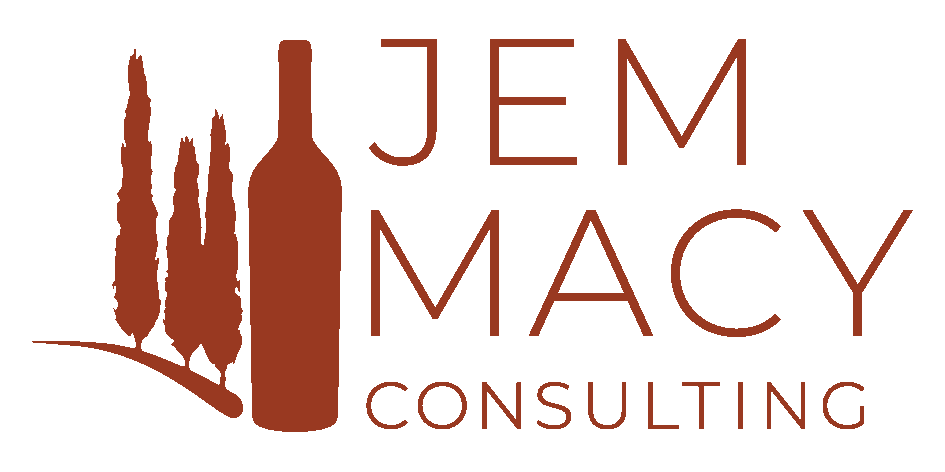Winery Due Diligence Checklist
Before I started evaluating wineries professionally, I had a vague idea of Due Diligence amounting to something between what Deloitte & Touche first year analysts pull all-nighters for and a contractor staring up at a ceiling, trying to figure out if the roof would leak. Fortunately, it’s neither. Effective due diligence is two sides of the same coin:
-
Making sure you’re paying the right amount for what you’re getting, and
-
Making sure you’re getting what you pay for.
Phase 1 is the back-of-the-envelope calculation that provides an estimate of the value of the wine estate, on which to base an offer. Phase 2 is the deep dive, which verifies that everything the estimate is based on is indeed the size and shape and quality you assumed it was when making the estimate in the first place.
Phase 1 pays a lot of attention to context: What’s a vineyard hectare worth in the province of Pisa? What’s a square meter of an unrestored barn worth in Siena? How far is the nearest town? Phase 2 focuses on the asset itself: How old are the vines? What’s the cellar inventory’s market value? Is the water treatment system compliant with county norms?
Both steps require attentive due diligence but involve different kinds of expertise. Below is a list of steps for each phase: what to do and the expertise needed.
PHASE I. The goal of this phase is to decide how much to offer.
-
Asset-based value estimate. Using square meter averages for land and buildings, estimate total value. Expertise needed: Familiarity with local land (yard, vineyard, olive orchard, forest, arable land, other) and building (restored and unrestored) prices.
-
Comparisons. Benchmark estimated value to other properties in the area. Expertise needed: Same as above, plus familiarity with comparison properties.
-
Estimates of annual revenues and operating costs. Develop a model of current revenues and costs. Expertise needed: Knowledge of wine estate business models, cost drivers and KSFs.
-
Growth potential. Identify opportunities for growth in terms of revenues, volumes and quality. Expertise needed: Knowledge of wine markets and competitive landscape.
-
Paying up. Estimate how much more than the estimated value it may be necessary to pay in order to complete the transaction. Expertise needed: Familiarity with recent transactions in the region.
PHASE II. The goal of this phase it to verify the legal status and physical quality of the target, as well as its potential to produce revenue.
-
Legal landscape. Verify the legal status of the property, and bring legal and financial obligations to light. Professional help needed: legal and accounting.
-
Consistence, conformity and condition of the means of production. Verify the size, quality, maintenance costs, book and market values and production capacity of the land, the buildings, the machinery and the equipment. Professional help needed: surveyor, viticulturalist, oenologist.
-
Buildings assessment. Structural integrity and plumbing, heating and electrical systems must be checked. Professional help needed: architect and contractor.
-
Value of inventories. Storage conditions and history should be verified and the quality and quantity of the wine on hand confirmed. Professional help needed: oenologist.
-
Personnel
-
Commercial situation
-
Income estimates.
Decide which aspects of the due diligence process you will assign to professionals and which you will handle yourself. Identify a few potential service suppliers for each role, interview them and some of their clients and select your team. They should have local knowledge and experience and preferably not be recommended by the seller or by your real estate broker (if you are using one). Engage these professionals based on hourly rates, to avoid creating incentives for them to minimize potential problems to push the transaction forward.
It may sound like a lot of people to involve, but many professionals cover two or more of these roles. Investing in reviewing the purchase target can prevent expensive mistakes both in terms of the property acquired and the price paid for it and help create a realistic idea of the investment that will be required after acquisition to ensure that the property is a success.
